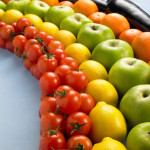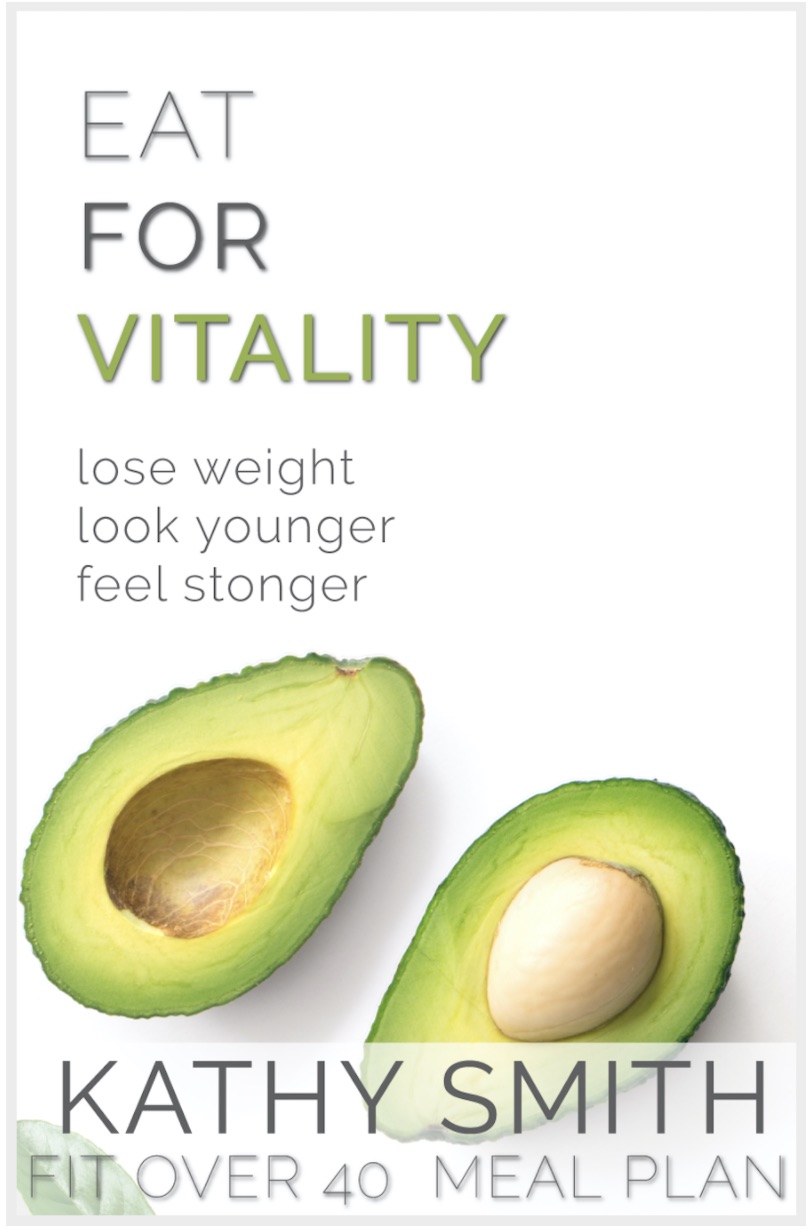5 Rules For Optimal Eating In 2016
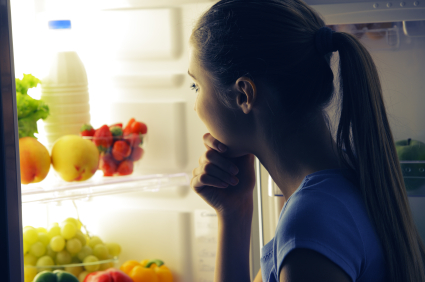
And so the cycle continues.
The problem here is that those “diets” treat the dieter like a machine that can be programmed. But the truth is that eating well has to take into account the food’s less scientific side.
You may have already had an experience similar to this one. Maybe you, like millions of others, white-knuckled a liquid detox. If you did, then it won’t come as news to hear that the number-one reason people give up such diets is not because they reach their target weight. It’s because they couldn’t stand to go for so long without “real food.” Anyway, it’s simple human nature to rebel against such rigidity imposed from the outside. being told what we’re supposed to like, and be satisfied with it, will eventually create its opposite intended effect.
Most plans don’t take into account what food really means to us. They don’t consider how the flavor and color and texture and temperature and presentation of food can give us so much pleasure. They don’t consider how food is intimately entwined with our social and cultural customs. They don’t consider how food and the environment in which we eat comfort us. They don’t consider how eating foods that you don’t like leave you unsatisfied.
Eating well has to be seen as an ongoing process in your life. So in 2016, add these 5 eating habits into your routine for optimal eating:
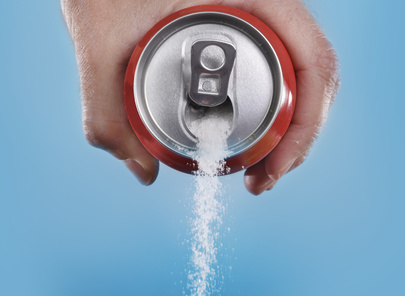
SKIP SUGARY DRINKS
Nothing beats water, of course – but if you’d like to “jazz up” your daily water intake, try infusing it with some fruit or veggies. Sliced lemons, limes, cucumbers, and even strawberries can lend some flavor to a pitcher of water without adding sugar and calories. Herbal tea is another great option – and if you’re craving juice, try cutting it with sparkling water so that you can still enjoy the fruity sweetness without putting yourself back on the blood sugar roller coaster.
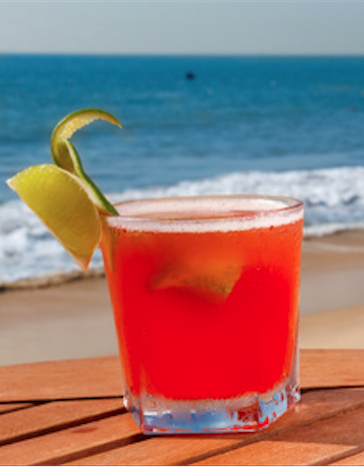
AVOID HAPPY HOUR FOR 30 DAYS
BONUS Reason: Alcohol can prevent fat burning by up to 73%!
When you do decide to indulge in a cocktail, it’s important to understand that your choices – right down to the mixer – can determine whether or not you’re adding dozens of empty calories to your day. Traditional margaritas are among the worst offenders, packing a whopping 700+ calorie count, and often much of those calories are coming from high-fructose-corn-syrup-laden sweet & sour mix. Put some salt around the rim and you’ve treated yourself to some additional next-day bloat. Instead, try a vodka with club soda and just a squirt of cranberry juice for a touch of sweetness.

FILL UP ON THE F-WORD
Because fiber helps you to absorb fewer calories by escorting them out of your digestive system before those calories can be transformed into fat, some diet plans consider high-fiber foods to be “freebies” – things you can eat in unlimited amounts. If you’re on a diet plan that tracks nutritional points, for example, these “freebies” might fall into the 0 point category. This is certainly true of many veggies, especially of the dark green, leafy variety. There’s no reason to practice portion control when it comes to kale.
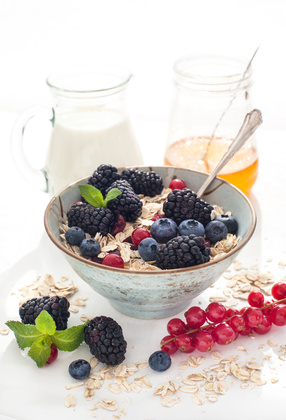
TIME YOUR CARBS
Here’s a ballpark range of what’s appropriate, safe and effective, depending on your level of activity –
0-50g Carbs Per Day: If you’re trying to lose a lot of water weight in a couple days, cut your carbs below 50/day.
50-100g Carbs Per Day: If you’re staying in this range, chances are good that you’ll achieve healthy weight loss.
150-300g Carbs Per Day: Even though this is represents the low end of a typical American’s daily carb intake, the truth is that this number can lead to gradual weight gain (depending on the types of carbs you’re eating, and your activity level).

STOP GRAZING
The benefits of eating smaller portions of healthy foods every 3-4 hours include:
- Stabilized insulin levels
- Higher metabolism
- Preserved lean muscle mass
- Fewer mood swings
- Helps control cravings
- Prevents overeating

Stay at the top of your game and sail through the afternoon slump! With The 2-Week High Vitality Program, you’ll discover…
HOW TO MAKE ENERGY-BLASTING RECIPES – Start feeling energized right away with over 40 vitality-boosting recipes and a step-by-step meal plan to recover your vitality.
HOW TO RECHARGE YOUR BRAIN’S WIRING – Step your way to vitality with 3 complete walking workouts to ignite your brain and find your mojo!
HOW TO GET INSTANT ENERGY – Lift your spirits with a 6-minute fluid stretching video to recharge your day, feel confident and lift brain fog.
FREE with all orders today!
No coupon code needed

